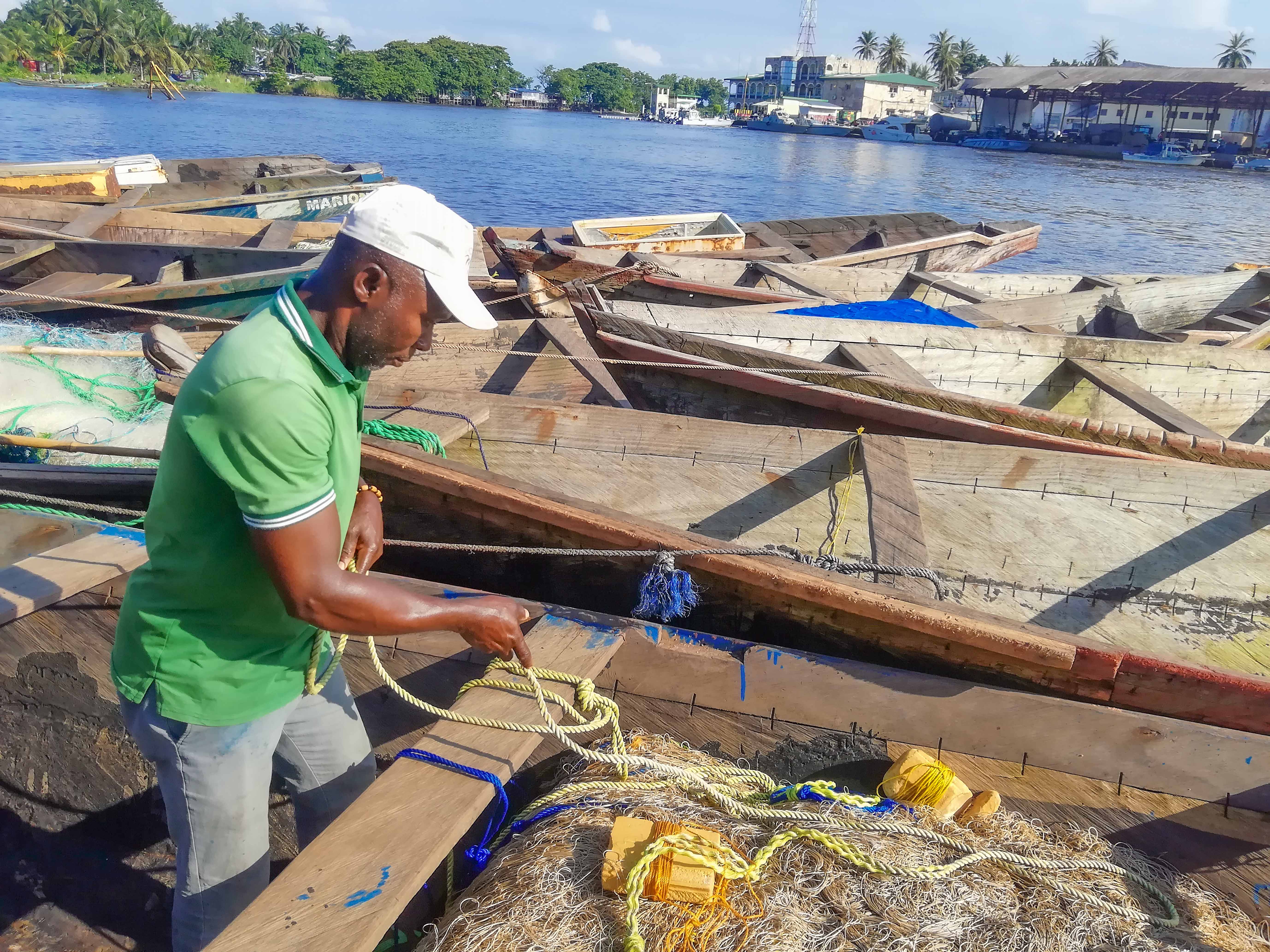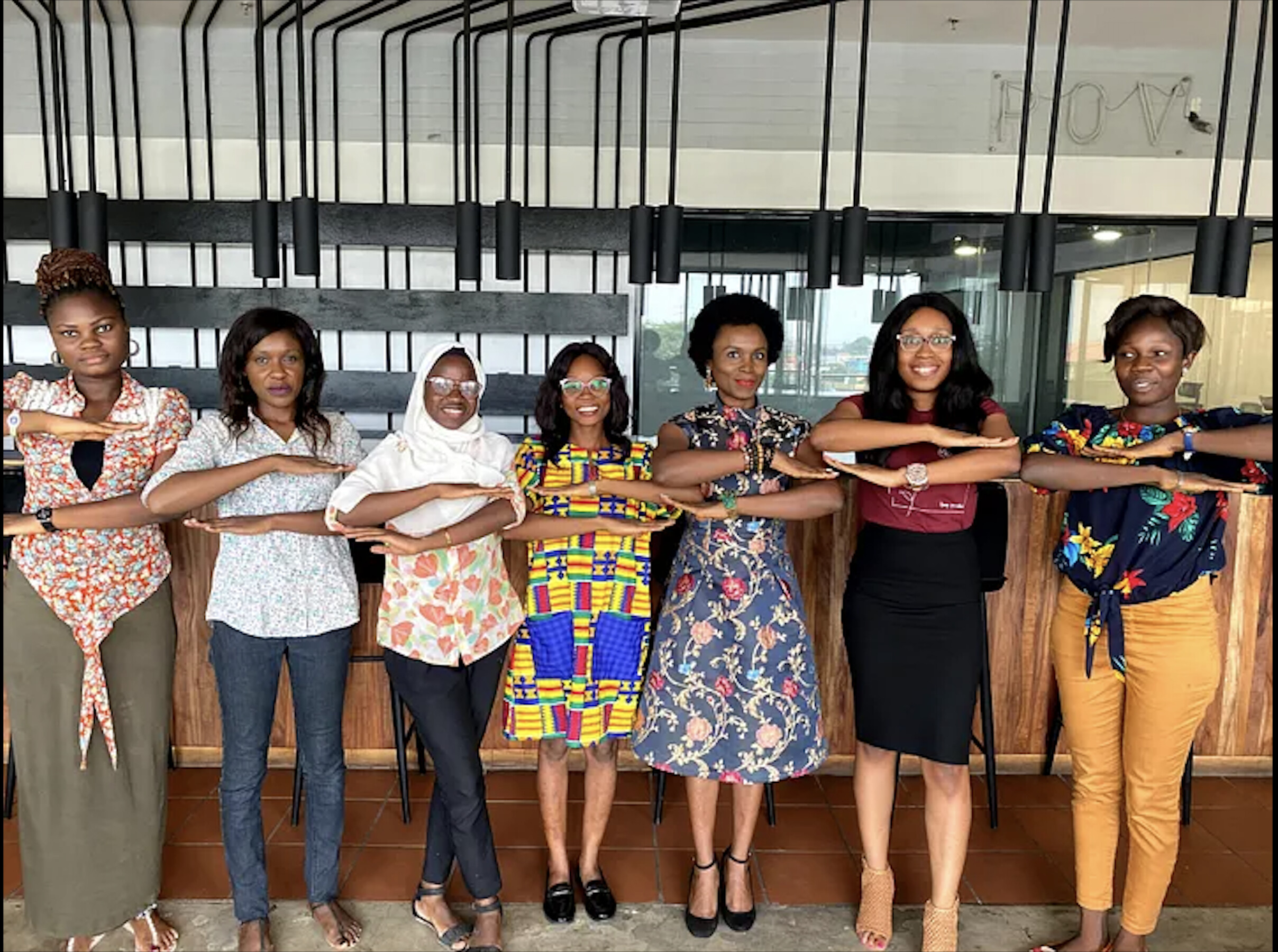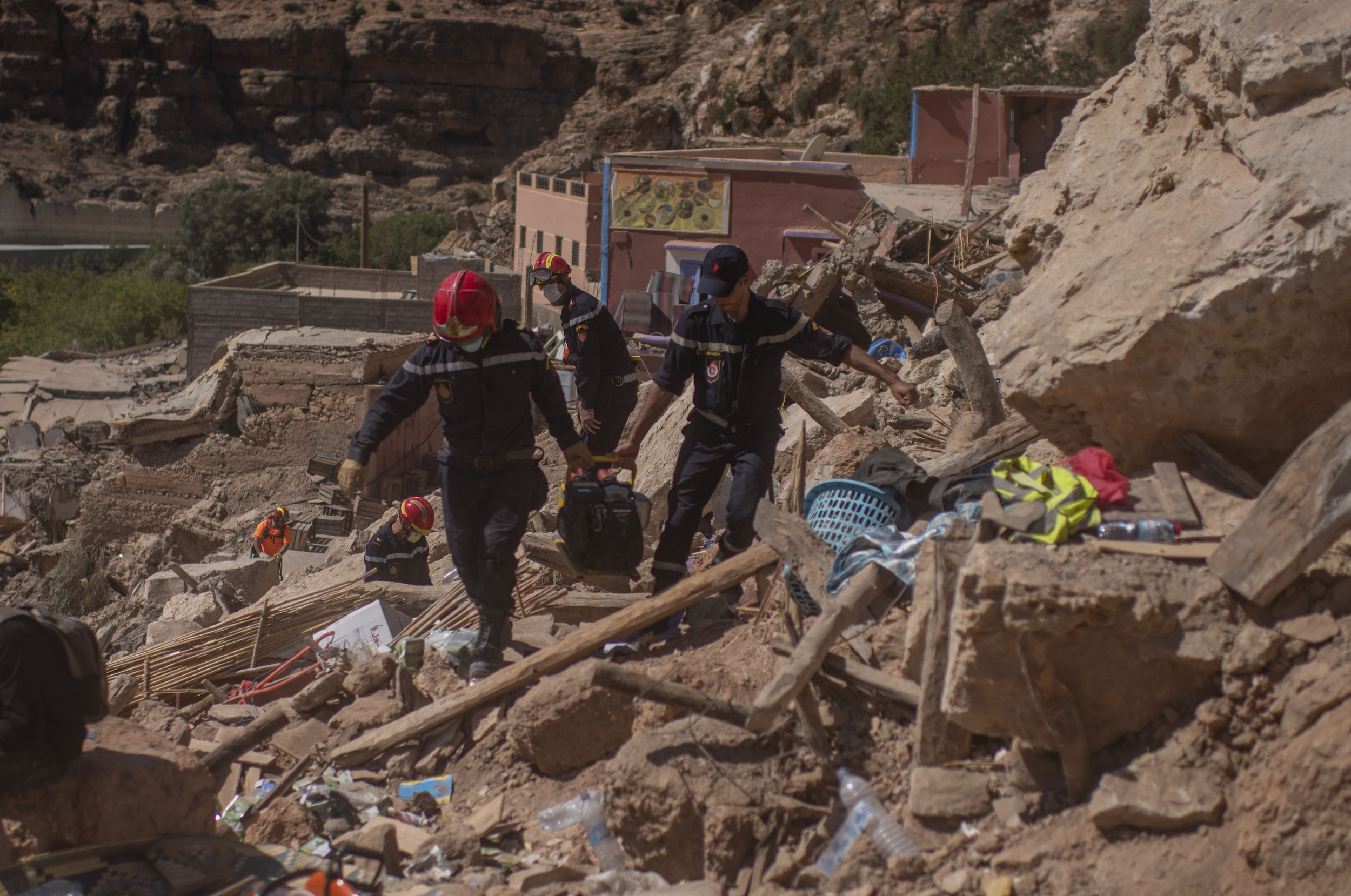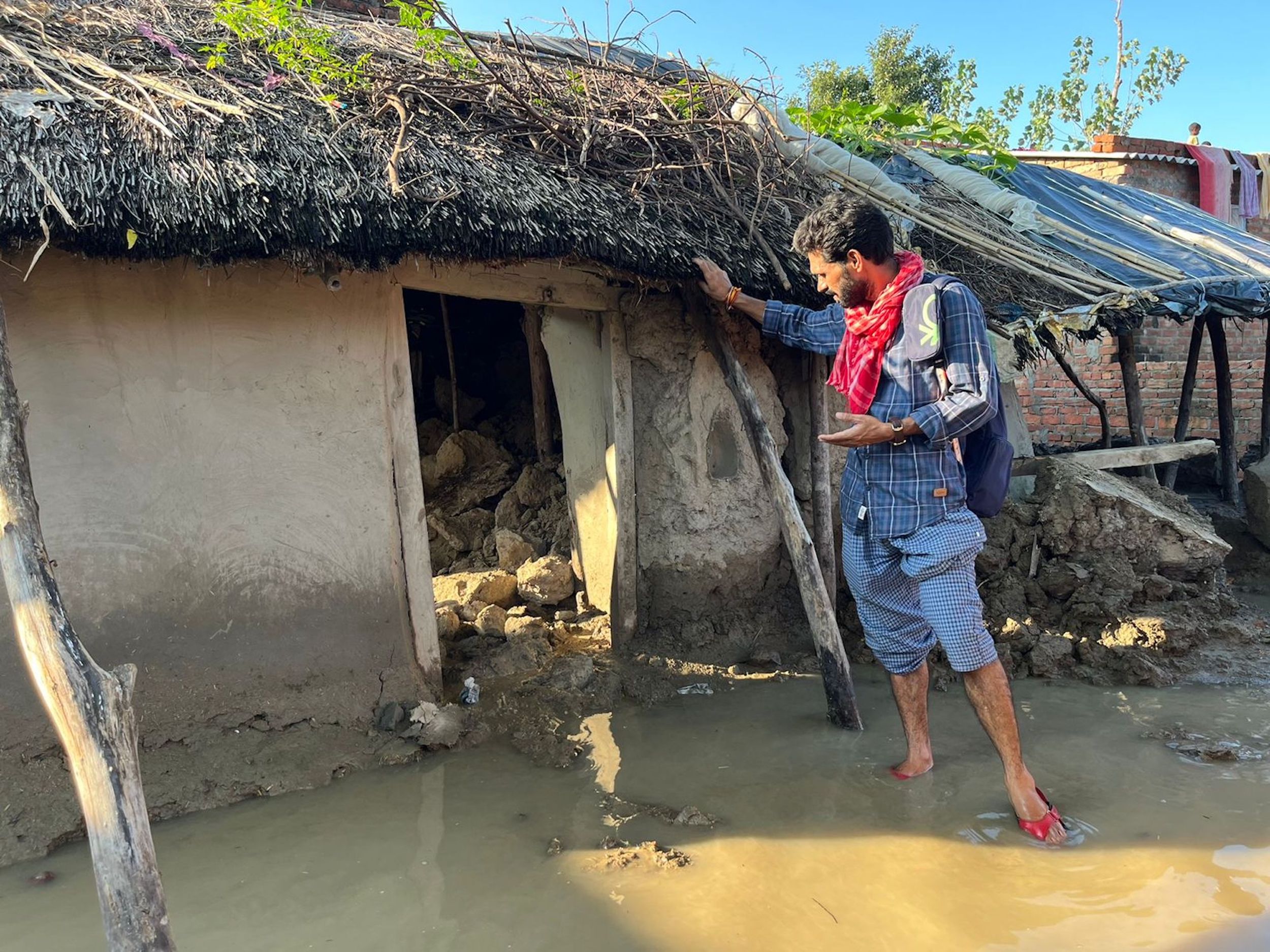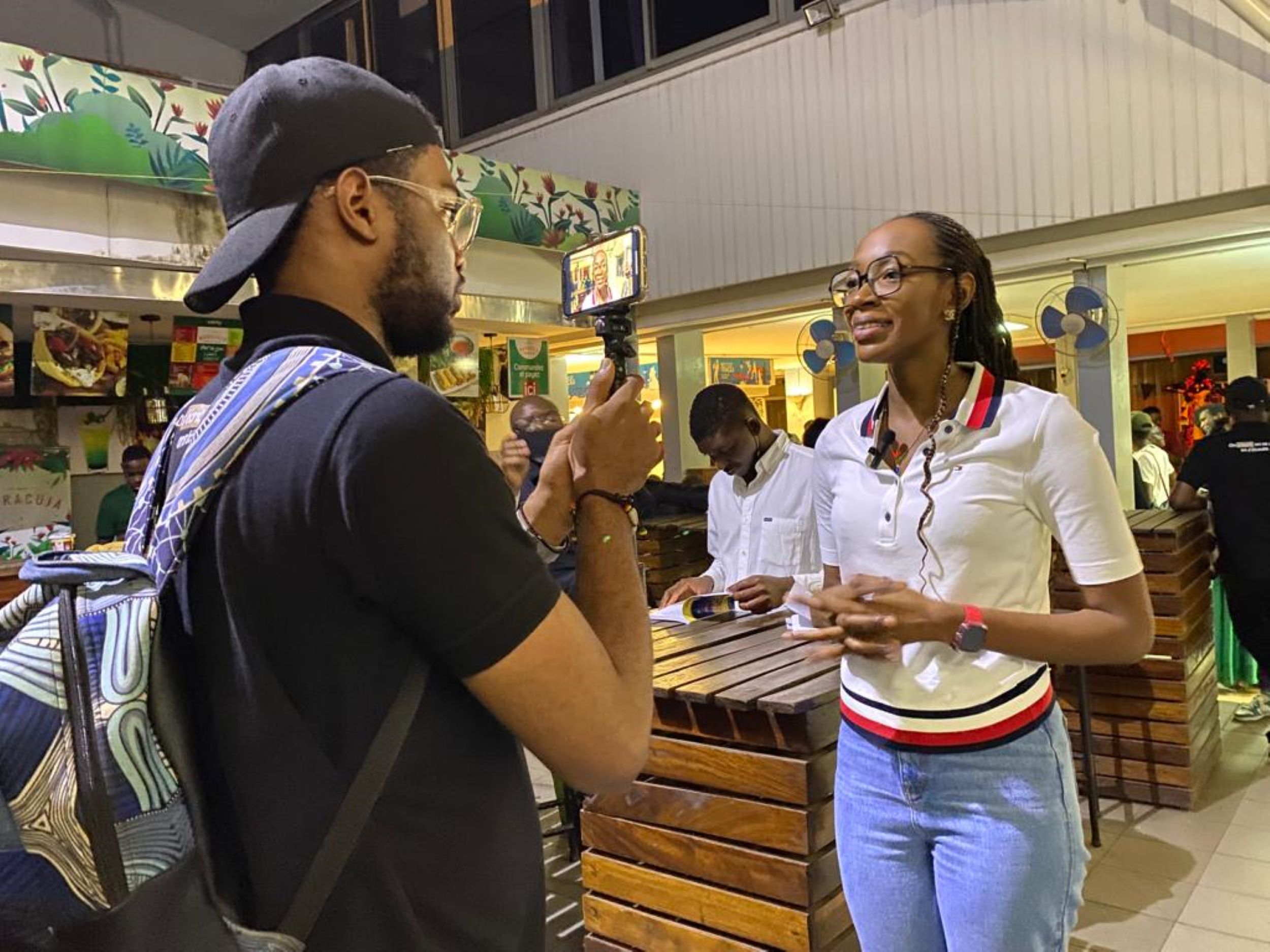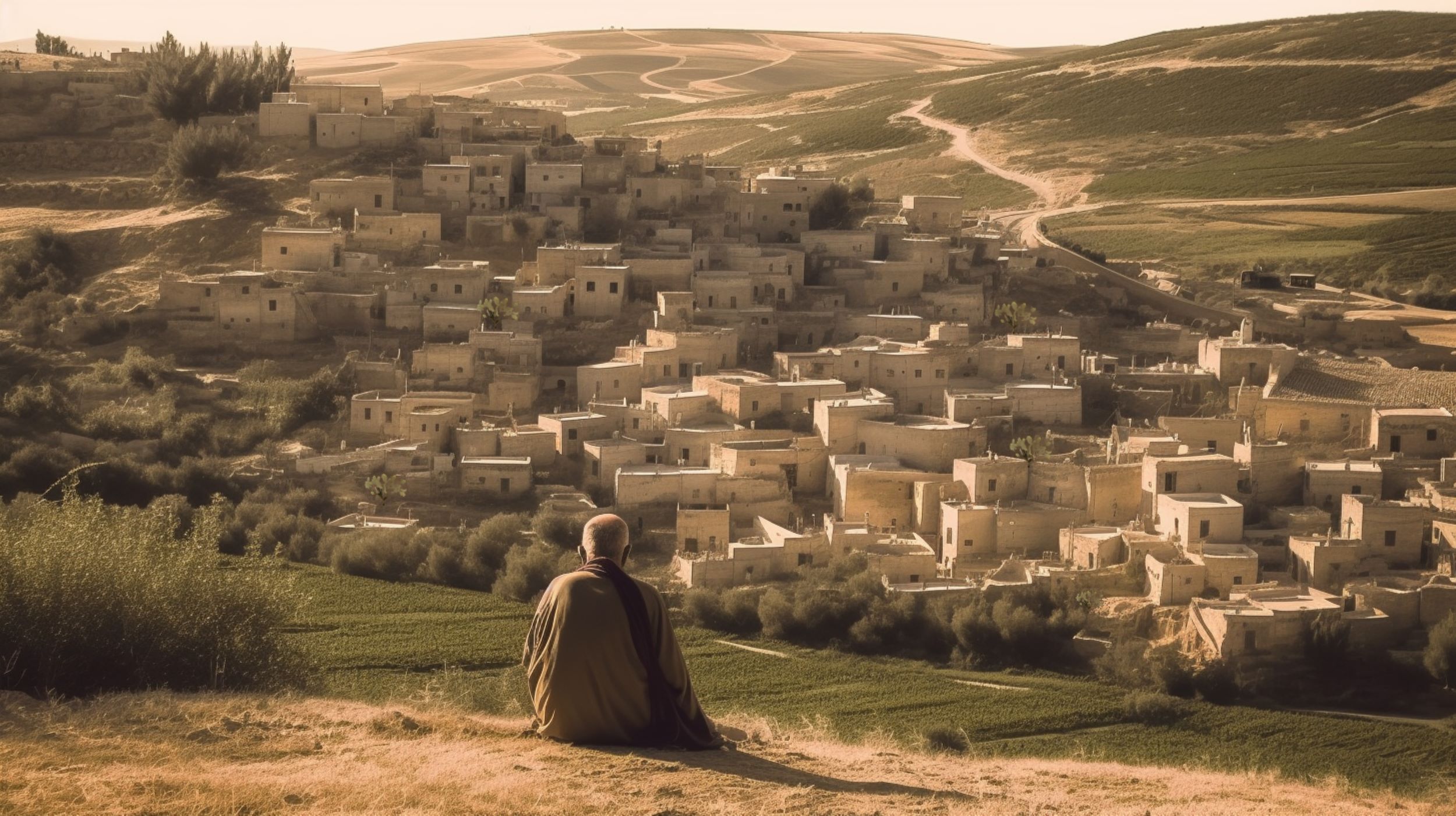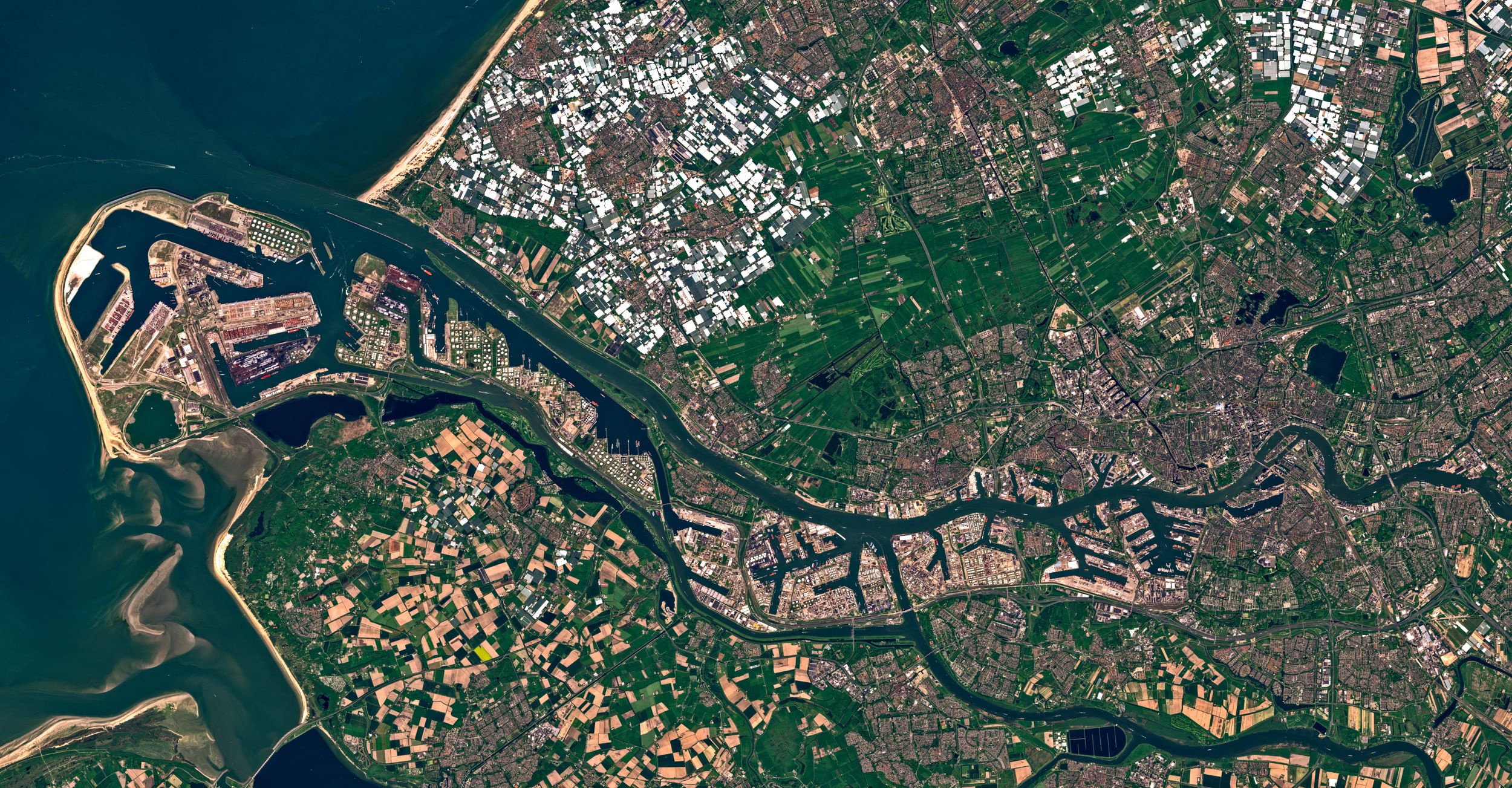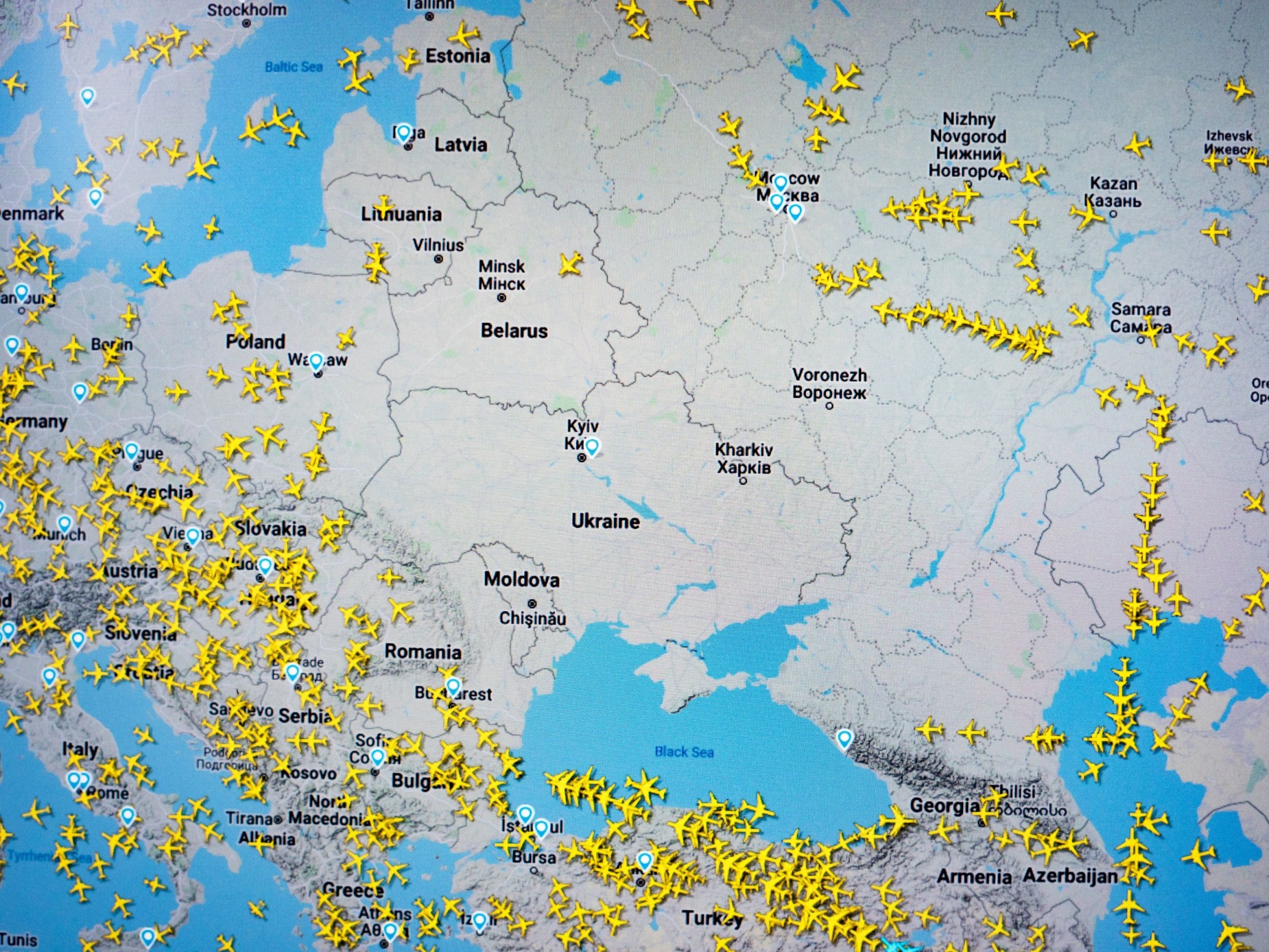انتشر مؤخراً وعلى إطار واسع في وسائل التواصل الاجتماعي، خبر اغتصاب فتاة يمنية من قبل جندي سوداني في معسكر التحالف العربي بمنطقة الخوخة في محافظة الحديدة غربي اليمن. أثيرت هذه القضية بعاطفة جياشة، وأثارت غضباً عارماً على نطاق واسع من ناشطين على مواقع التواصل، تضامناً مع الفتاة الضحية، خصوصا أن المجتمع اليمني مجتمع محافظ لا يتهاون في مسألة يعتبرها مساسا بالشرف.
وسعى الناشطون بكل الوسائل المختلفة لإثبات الحادثة، بينما شكك البعض في وقوعها واعتبرها مجرد إشاعة تستخدم غطاء لتحقيق أغراض سياسية وعسكرية معينة. ولإثباتها سعى الناشطون لنشر تسجيل لمقابلة صوتية نُسبت للفتاة التي تحدثت عن تعرضها للاغتصاب، ثم عادت بفيديو آخر تنفي وقوع الاغتصاب مشيرةً إلى أنه كان تحرشا فقط. وفي تطورات هذه القضية نشر صحفيون وثائق رسمية صادرة عن قيادة اللواء بمعسكر التحالف، تثبت أن الفتاة لم تتعرض للاغتصاب وإنما كانت محاولة تحرش، وأن ادعاءها الأوّلي كان مجرد ردة فعل غاضبة على تصرف الجندي تجاهها.
فوضى التواصل
بعيداً عن هذه الحادثة، لا بد من القول إنه بعد الطفرة الرقمية التي أحدثتها الثورة التكنولوجية، والتطورات التي أفرزتها في طبيعة عملية الاتصال، وتحويلها من اتجاه أحادي يقوم على قطبَي المرسل والمستقبِل، إلى عملية تواصلية من كلٍّ إلى كل كما يسميها الباحثون في حقل الإعلام والاتصال، وتعزيزاً لنظرية "يروغن هابر ماس" في التواصل الفعال والخطاب التواصلي فيما يسميه بالمجال العام، حيث أدى الانتشار الهائل لوسائل التواصل الاجتماعي إلى تمكين الجميع من الاشتراك في العملية الاتصالية، وأن يكونوا جزءا أساسياً في إنتاج الرسالة ضمن ما بات يعرف بالمواطن الصحفي، أي المواطن الذي يصبح صانعاً لمحتوى الرسالة الاتصالية ونشرها من موقعه في مختلف وسائل التواصل سواء المكتوبة أو المرئية، أو عبر تقنية البث المباشر التي أصبحت -كما تبدو- بديلاً منافساً للبث الفضائي الذي يغطي الخبر وقت وقوعه وبأدنى كلفة وبكل سهولة ويسر..
بعد هذه الطفرة، بدأت المؤسسات والشبكات الإعلامية تتكيف مع البيئة الإعلامية الجديدة في وسائل التواصل الاجتماعي المختلفة، وتسعى إلى تدريسها ضمن برامجها ضمن ما بات يعرف بصحافة الموبايل، في محاولة لاستيعاب كل هذه المتغيرات وقولبتها في إطار إضفاء الطابع المهني على ما يمكن تسميته "الفوضى التواصلية" التي تسمح بمرور المحتوى دون ضوابط تحريرية تجعله مناسباً، حتى تتماشى مع معايير المؤسسة للتعاطي الإعلامي.. هذه القضية تطرح سؤالاً واضحاً مفاده: أين تقع صحافة المواطن في ميزان أخلاقيات وقيم المهنة الصحفية؟

بين الخبر والتشهير
شيوع فكرة المواطن الصحفي يفتح جدلاً واسعاً حول الكثير من المخالفات الناجمة عنها، فهي بالتأكيد تعتمد على المعلومة والسبق الصحفي ولا تعتمد على المعالجة، وشتان بين الحصول على المعلومة التي يتحصل عليها المواطن، ومعالجة المعلومة التي هي مهمة الصحفي المحترف.
فعلى سبيل المثال، تعد وسائل التواصل الاجتماعي من أهم مصادر الأخبار في المجتمع اليمني، خاصة في ظل الحرب الحالية. ونتيجة للوضع المأساوي الذي تعيشه البلاد في مختلف الجوانب، سيجد المتابع لوسائل التواصل كمًّا هائلا من الصور ومقاطع الفيديو التي يتم تداولها بشكل مستمر للحالات الإنسانية المختلفة، حيث يتسابق الناشطون على هذه المواد ليحظوا بقدر كبير من المتابعات لحساباتهم الشخصية، على حساب سمعة وكرامة الآخرين، ودون الاكتراث بالأخلاقيات المهنية التي تخضع لها عملية النشر والتناول في وسائل التواصل الاجتماعي. وتلك بطبيعة الحال من جرائم النشر، لدخولها ضمن باب الإضرار بسمعة الشخص الذي تم تصويره والتشهير به، بيد أن الناشطين يبررون ذلك بأن الحالات الإنسانية تعمل على استعطاف الآخرين. وهنا يبرز بشكل واضح الفرق بين الصحفي المحترف والمواطن الصحفي، فالأول ينتبه بوعي كامل إلى أخلاقيات النشر وقيم المهنة، ويتحرى الطرق المناسبة لمعالجة هذه المعلومات ونقلها إلى الجمهور بصورة لائقة، بينما لا يراعي الثاني كل ذلك.
إن إشكاليات تناول المواطن الصحفي للمواضيع التي يعرضها لا تقتصر على النواحي الإنسانية فقط، بل تمتد إلى جوانب متعددة، فالمشاهد المروعة وصور الأشلاء والدماء، وحالات القتل المباشر، والحوادث وغيرها، تجد لها طريقاً إلى الناس دون التفريق بين ما يجوز نشره وتداوله وبين ما هو غير صالح للتناول، دون مراعاة مَن سيتابع هذه المواد، والآثار والأضرار التي قد تحدثها لدى الجمهور.
والمثال التالي يضعنا في صورة تطبيقية لهذا العرض:
"في محافظة الحديدة غربي اليمن، وقعت مجزرة مروِّعة بمخيم للنازحين، راح ضحيتها عدد كبير من المدنيين بينهم سبعة أطفال". لعرض هذه المعلومة اجتاحت صفحات وسائل التواصل الاجتماعي صور ومقاطع فيديو للغارة الجوية التي نفذتها قوات التحالف العربي، كما عُرضت أشلاء الأطفال وهي ممزقة، متفحمة، متناثرة، ومختلطة ببعضها البعض. يمكن ملاحظة تحفّظ الصحفيين المحترفين على نشر هذه المواد المصورة كما وردت على مواقع التواصل لأنها مشاهد غير لائقة للتناول أمام الجمهور نظراً للأضرار التي تسببها في نفسية المشاهدين.
أمثلة واقعية
الموضوعات الأمنية أكثر الموضوعات حساسية في التناول الإعلامي والصحفي، وذلك نتيجة لما قد يترتب عليها من مخاطر ومضايقات واعتداءات يواجهها الصحفيون المحترفون، رغم حماية القانون لهم وضمان إمكانية الوصول والحصول على المعلومات نظرياً.
في المقابل، لا يقع المواطن الصحفي تحت أي مظلة حماية قانونية كالصحفي المحترف، وهذا ما يعرضه قانونياً لإجراءات جزائية مختلفة، فضلاً عن المخاطر المباشرة التي قد يتعرض لها. ولتوضيح هذه النقطة أستحضر هذا المثال.. "مغترب يمني في المملكة العربية السعودية سجَّل بثًّا مباشرا من سجن يضم عددا من اليمنيين المُزمَع ترحيلهم من المملكة، عارضاً كيفية وآلية التعامل معهم". على الفور قُبِض عليه مِن قبل السلطات الأمنية وحكم بالسجن خمس سنوات في السعودية. بالمقابل نفترض هنا أن الصحفي المحترف يمتلك الوعي الأمني للتعامل مع مثل هذه الملفات وطرائق عرضها ومعالجتها بشكل يحفظ حق الجمهور في المعلومة، ويحمي نفسه من أي ملاحقة قانونية.
يمكن القول إن مثل هذا التسرع في التفاعل مع القضايا دون التأكد من مصداقيتها والتثبت قبل نشر القصص والأخبار من قبل الناشطين في مواقع التواصل الاجتماعي؛ يضر بمصداقيتهم لدى جمهورهم، وهذا بالطبع يأتي معاكساً للتناول الصحفي لأي قضية حيث تمتاز التغطية الصحفية المهنية بالتثبت ومحاولة الحصول على مصادر رسمية وموثوقة تؤكد أو تنفي ما حدث، إضافة إلى إخضاع القضية موضوع النشر لأخلاقيات العمل وقيم المهنة التي يعيها الصحفي المحترف، تفادياً للإضرار بمصداقيته وحق الناس في الحصول على المعلومة، إلى جانب عدم الإضرار بالضحية والتشهير بها على نطاق كوني لا على نطاق محلي فحسب.










